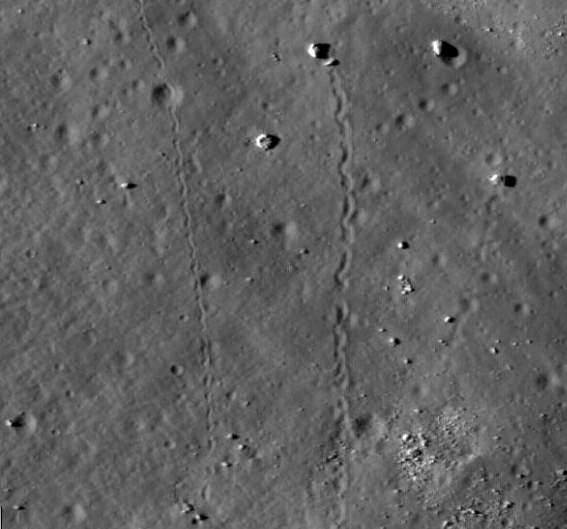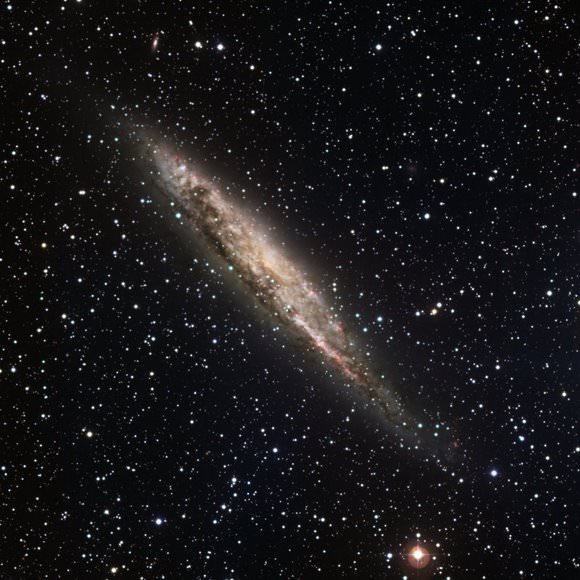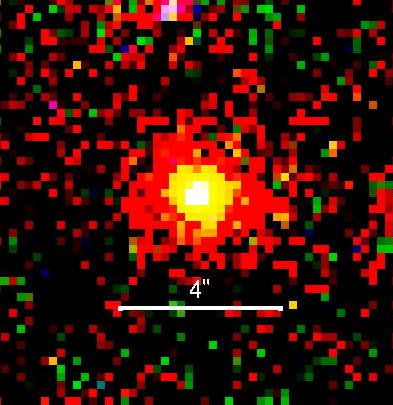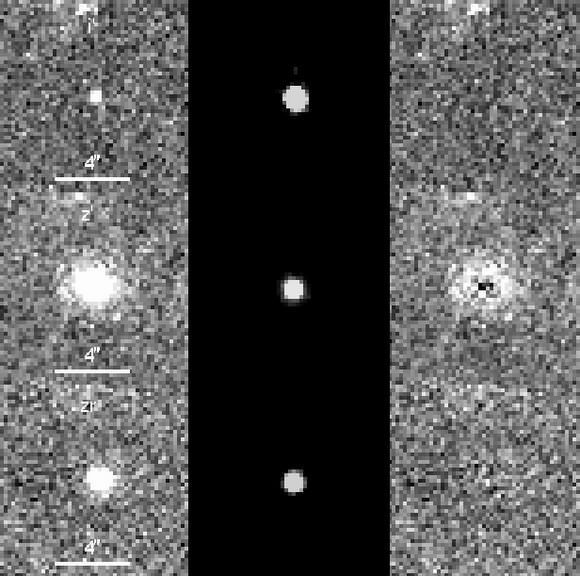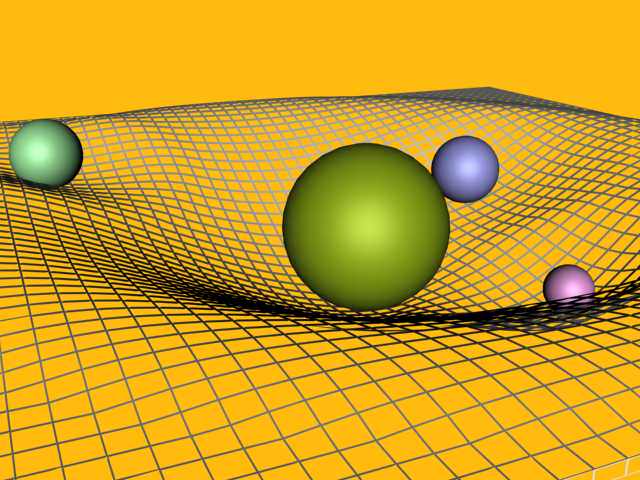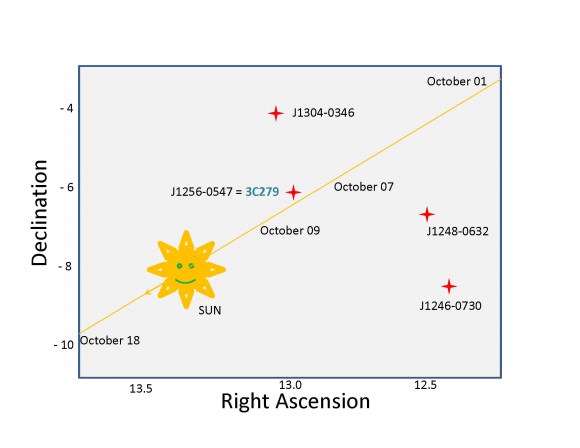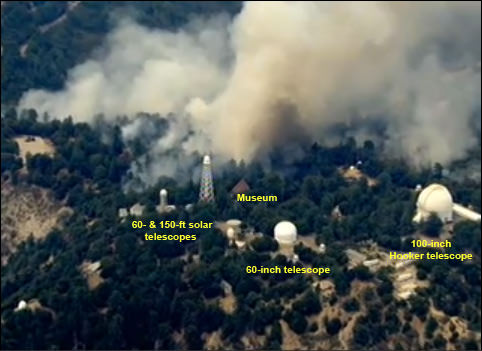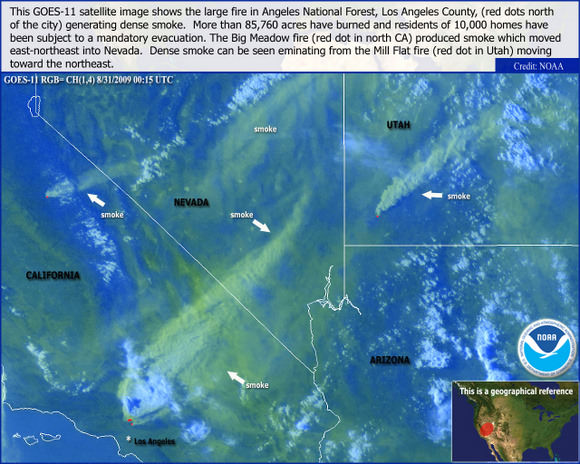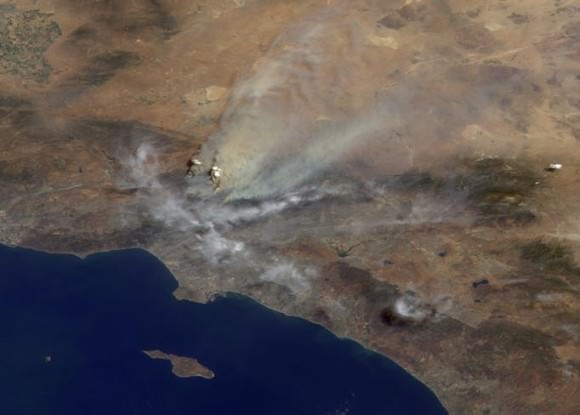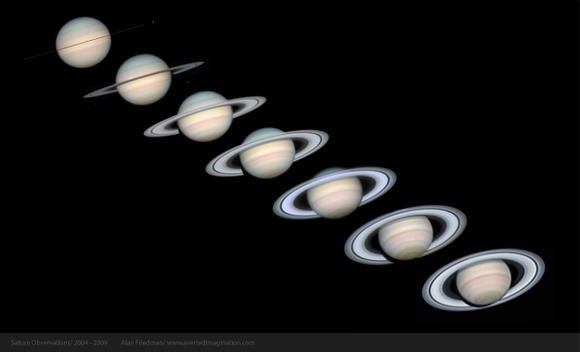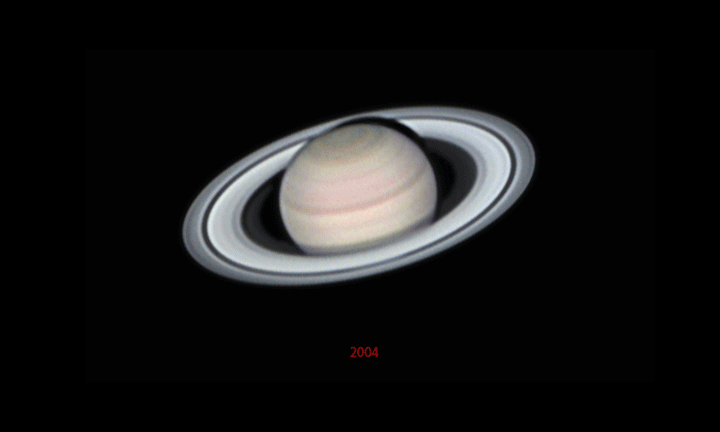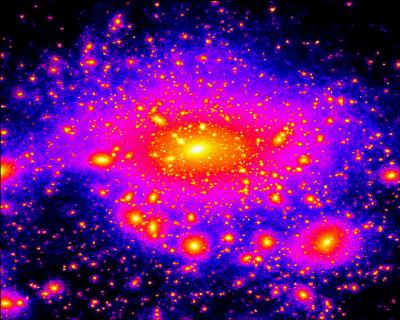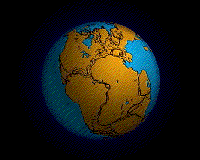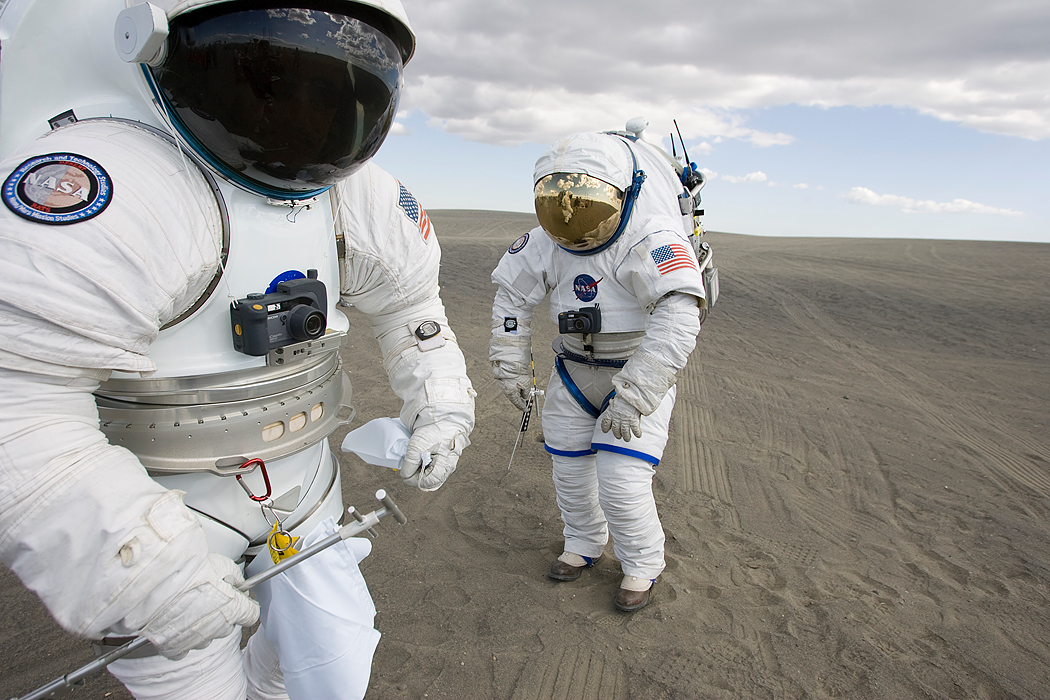[/caption]
Think nothing ever happens on the Moon? New images from the Lunar Reconnaissance Orbiter Camera shows spectacular views of the famous Tsiolkovskiy Crater, and a close-up look reveals boulders that have rolled down the slopes of the crater. In the larger image, below, it is easy to see where the boulders came from by following their rolling, bouncing tracks. These are not small rocks by any means: the largest boulder in this image is about 40 meters wide – half as big as a soccer field! Seeing where the boulders originated from is a great clue to geologists reconstructing the local geology. What do they see here?
Tsiolkvoskiy Crater is 185 km in diameter, and is a great example of complex impact crater. It has a terraced rim, a central peak, and a floor flooded with mare basalts. Impact events release tremendous amounts of energy and result in very dynamic changes in the local landscape. Just after the initial impact, the central peak was uplifted from lower crustal rock, forming a giant mountain in the middle of the crater. That’s where the boulders rolled down the slopes, as pieces of the uplifted rock rolled down and accumulated at the base of the slope.
This is an easy way for explorers to find samples of the central peaks without having to climb the top. The Apollo 17 astronauts used this strategy as an easy way to sample nearby mountain tops without having to don any climbing gear!
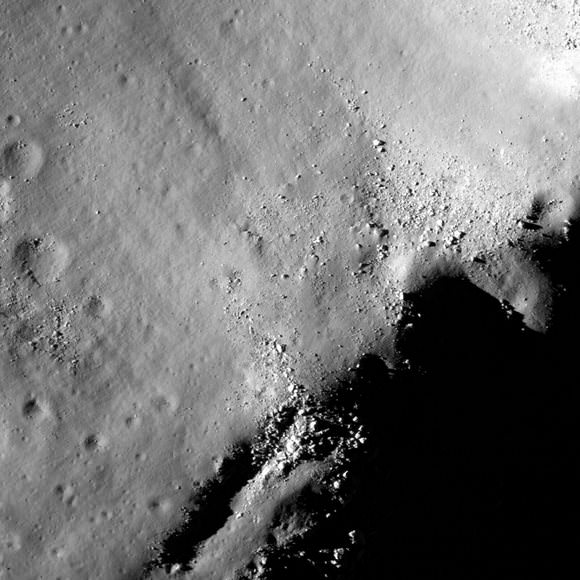
Click the image for a larger “Zoomifiable” version.
The dark area in the lower right is the tip of enormous shadow cast by the central peak. Scroll north in the full image, and you will find the contact where the later-formed lavas pooled at the base of the peak. Even though the central peak formed before the mare, it has fewer craters due to its steep slope which tends to slump and slide erasing small craters. In this case, that’s an apparent violation of the rule that older surfaces have more craters!
Click here to see a zoomable look at Tsiolkovskiy Crater taken by the Apollo missions.
Source: LROC Journal

